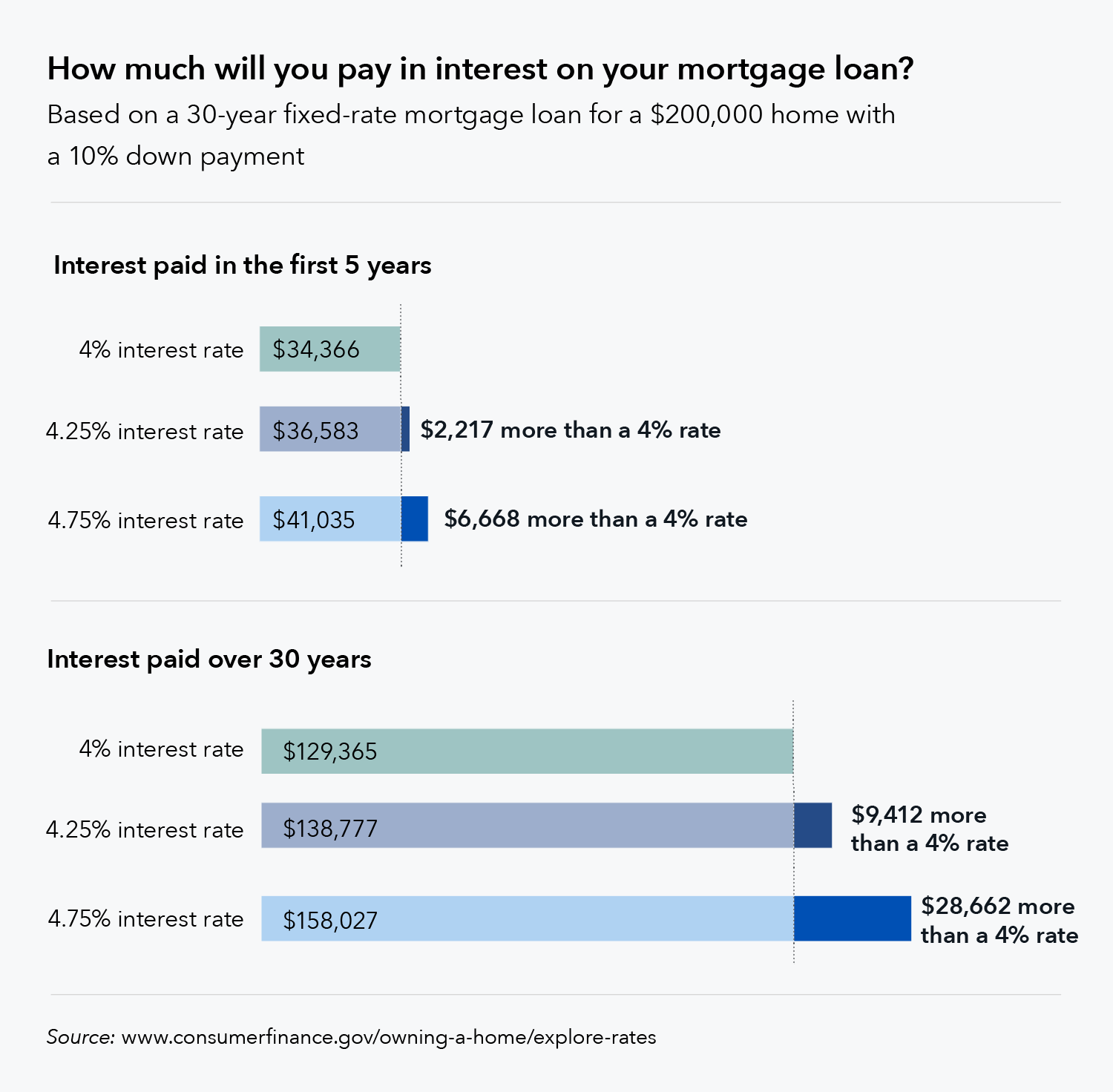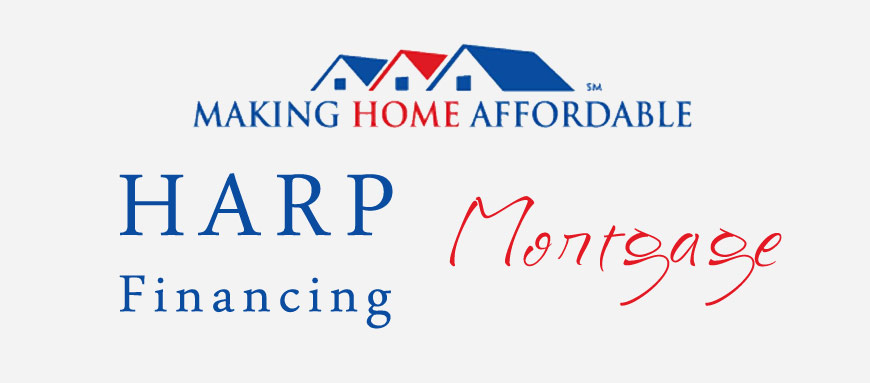When you buy a home, you might hear a bit of industry terminology you're not knowledgeable about. We have actually developed an easy-to-understand directory of the most common mortgage terms. Part of each month-to-month home loan payment will go toward paying interest to your lender, while another part approaches paying down your loan balance (likewise referred to as your loan's principal).

During the earlier years, a greater part of your payment goes towards interest. As time goes on, more of your payment goes towards paying down the balance of your loan. The down payment is the cash you pay in advance to buy a house. In many cases, you have to put money down to get a home mortgage.
For instance, standard loans need as little as 3% down, but you'll need to pay a monthly charge (called personal mortgage insurance coverage) to compensate for the small down payment. On the other hand, if you put 20% down, you 'd likely get a better interest rate, and you wouldn't need to spend for private mortgage insurance.
Part of owning a house is spending for home taxes and property owners insurance coverage. To make it easy for you, lenders set up an escrow account to pay these costs. how do business mortgages work. Your escrow account is managed by your lender and works type of like a bank account. No one earns interest on the funds held there, but the account is utilized to gather money so your lending institution can send out payments for your taxes and insurance in your place.
Not all mortgages feature an escrow account. If your loan does not have one, you need to pay your real estate tax and homeowners insurance costs yourself. However, the majority of lenders offer this alternative due to the fact that it allows them to make sure the real estate tax and insurance costs earn money. If your down payment is less than 20%, an escrow account is required.
Our How Do Mortgages Work For First Time Buyers Statements
Keep in mind that the amount of money you https://local.hometownsource.com/places/view/159183/wesley_financial_group_llc.html need in your escrow account is reliant on how much your insurance coverage and real estate tax are each year. And considering that these expenditures might change year to year, your escrow payment will change, too. That indicates your regular monthly home mortgage payment may increase or reduce.
There are 2 kinds of home mortgage rate of interest: repaired rates and adjustable rates. Repaired rate of interest remain the very same for the entire length of your mortgage. If you have a 30-year fixed-rate loan with a 4% interest rate, you'll pay 4% interest up until you settle or refinance your loan.
Adjustable rates are rate of interest that change based upon the marketplace. A lot of adjustable rate home loans start with a fixed rates of interest duration, which generally lasts 5, 7 or 10 years. During this time, your rates of interest stays the exact same. After your fixed interest rate period ends, your rates of interest adjusts up or down when annually, according to the market.
ARMs are ideal for some debtors. If you plan to move or refinance prior to completion of your fixed-rate period, an adjustable rate home mortgage can provide you access to lower rates of interest than you 'd generally find with a fixed-rate loan. The loan servicer is the company that supervises of providing monthly mortgage statements, processing payments, handling your escrow account and reacting to your inquiries.
Lenders may offer the servicing rights of your loan and you may not get to pick who services your loan. There are many types of home loan loans. Each features various requirements, rate of interest and advantages. Here are a few of the most common types you might find out about when you're making an application for a home mortgage - how do second mortgages work in ontario.
Get This Report about How Do Buy To Rent Mortgages Work
You can get an FHA loan with a deposit as low as 3.5% and a credit history of simply 580. These loans are backed by the Federal Housing Administration; this implies the FHA will repay lending institutions if you default on your loan. This minimizes the risk loan providers are handling by providing you the cash; this indicates lenders can provide these loans to customers with lower credit history and smaller down payments.
Traditional loans are typically likewise "conforming loans," which means they fulfill a set of requirements defined by Fannie Mae and Freddie Mac 2 government-sponsored enterprises that purchase loans from lending institutions so they can give home mortgages to more people - reverse mortgages how they work. Conventional loans are a popular option for buyers. You can get a standard loan with as little as 3% down.
This includes to your month-to-month costs but allows you to get into a new house earlier. USDA loans are just for homes in eligible rural areas (although numerous homes in the residential areas qualify as "rural" according to the USDA's meaning.). To get a USDA loan, your home income can't exceed 115% of the location median earnings.
For some, the warranty charges required by the USDA program cost less than the FHA home mortgage insurance premium. VA loans are for active-duty military members and veterans. Backed by the Department of Veterans Affairs, VA loans are an advantage of service for those who've served our country. VA loans are a great option since they let you buy a house with 0% down and no personal home mortgage insurance.

Each monthly payment has four huge parts: principal, interest, taxes and insurance coverage. Your loan principal is the quantity of cash you have actually delegated pay on the loan. For example, if you borrow $200,000 to purchase a home and you pay off $10,000, your principal is $190,000. Part of your monthly mortgage payment will immediately approach paying down your principal.
Our How Does Having 2 Mortgages Work PDFs
The interest you pay each month is based on your rates of interest and loan principal. The cash you pay for https://www.facebook.com/ChuckMcDowellCEO/ interest goes straight to your home mortgage service provider. As your loan grows, you pay less in interest as your principal decreases. If your loan has an escrow account, your monthly home loan payment may likewise consist of payments for home taxes and house owners insurance.
Then, when your taxes or insurance premiums are due, your loan provider will pay those expenses for you. Your mortgage term refers to how long you'll make payments on your mortgage. The two most common terms are 30 years and 15 years. A longer term typically indicates lower regular monthly payments. A much shorter term normally suggests larger regular monthly payments but substantial interest savings.
In many cases, you'll require to pay PMI if your deposit is less than 20%. The cost of PMI can be contributed to your month-to-month home mortgage payment, covered through a one-time in advance payment at closing or a combination of both. There's likewise a lender-paid PMI, in which you pay a slightly higher interest rate on the mortgage rather of paying the regular monthly fee.
It is the composed pledge or arrangement to pay back the loan utilizing the agreed-upon terms. These terms consist of: Interest rate type (adjustable or fixed) Rate of interest portion Quantity of time to repay the loan (loan term) Amount borrowed to be repaid in full Once the loan is paid completely, the promissory note is offered back to the customer.